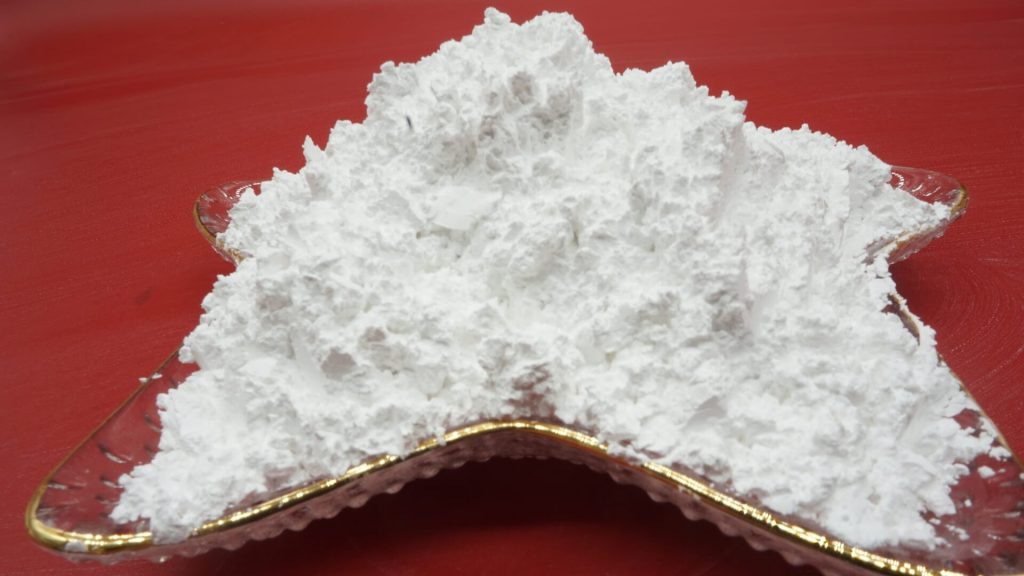How does alumina powder change modern manufacturing?
If you want to say what material is the most inconspicuous but ubiquitous in factories now, alumina powder is definitely on the list. This thing looks like flour, but it does hard-core work in the manufacturing industry. Today, let’s talk about how this white powder quietly changed the modern manufacturing industry.

1. From “supporting role” to “C position”
In the early years, alumina powder was a miscellaneous person, mainly used as a filler in refractory materials. Now it is different. If you walk into a modern factory, you can see it in eight out of ten workshops. When I visited a precision manufacturing factory in Dongguan last year, the technical director Lao Li told me: “Without this thing now, our factory will have to stop half of the production lines.”
2. Five disruptive applications
1. The “leader” in the 3D printing industry
Nowadays, high-end metal 3D printers basically use alumina powder as a support material. Why? Because it has a high melting point (2054℃) and stable thermal conductivity. A company in Shenzhen that makes aviation parts has made a comparison. It uses alumina powder as a printing substrate, and the yield rate directly soars from 75% to 92%.
2. “Scavenger” in the semiconductor industry
In the chip manufacturing process, alumina powder polishing liquid is a key consumable. High-purity alumina powder with a purity of more than 99.99% can polish silicon wafers like a mirror. An engineer at a wafer factory in Shanghai joked: “Without it, our mobile phone chips will have to become frosted.”
3. “Invisible bodyguard” for new energy vehicles
Nano alumina powder is now commonly used in power battery diaphragm coatings. This thing is both resistant to high temperatures and puncture-proof. Data released by Company last year showed that the pass rate of the needle puncture test for battery packs with alumina coating increased by 40%.
4. The secret weapon of precision machining
Nine out of ten ultra-precision grinders now use alumina grinding fluid. A boss who makes bearings in Zhejiang Province did some calculations and found that after switching to alumina-based grinding fluid, the surface roughness of the workpiece dropped from Ra0.8 to Ra0.2. The yield rate increased by 15 percentage points.
5. “All-rounder” in the field of environmental protection
Industrial wastewater treatment is now inseparable from it. Activated alumina powder is very good at adsorbing heavy metal ions. The measured data of a chemical plant in Shandong showed that when treating lead-containing wastewater, the adsorption efficiency of alumina powder was 2.3 times that of traditional activated carbon.
3. Technological breakthroughs behind it
To say that alumina powder can be what it is today, we have to thank nanotechnology. Now the particles can be made into 20-30 nanometers, which is smaller than bacteria. I remember a professor from the Chinese Academy of Sciences said: “For every order of magnitude reduction in particle size, there will be more than ten application scenarios.” Some of the modified alumina powders on the market are charged, some are lipophilic, and they have all the functions you want, just like Transformers.
4. Practical experience in use
When buying powder, you need to consider “three degrees”: purity, particle size, and crystal form
Different industries need to choose different models, just like cooking with light soy sauce and dark soy sauce
Storage should be moisture-proof, and the performance will be halved if it is damp and agglomerated
When using it with other materials, remember to do a small test first
5. Future imagination space
I heard that the laboratory is now working on intelligent alumina powder, which can automatically adjust the performance according to the temperature. If it can really be mass-produced, it is estimated that it can bring about another wave of industrial upgrading. However, according to the current research and development progress, it may take another three to five years. In the final analysis, alumina powder is like “white rice” in the manufacturing industry. It looks plain, but it really can’t be done without it. Next time you see those white powders in the factory, don’t underestimate them.